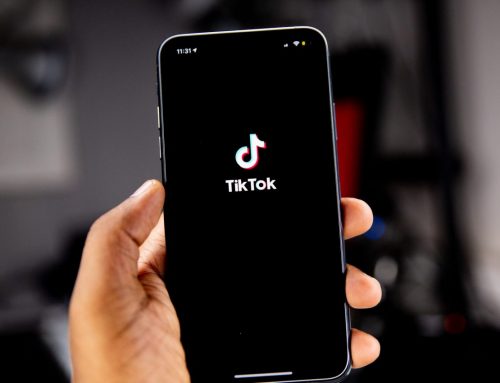In the world of marketing and sales, lead generation is one of the best ways to help you make sales.
The reason that leads are so valuable is because they show you the people who are organically interested in your business and content. They are the people who make purchases, respond to your surveys, sign up for newsletters, and more.
Sometimes it can be hard to generate enough leads or to generate quality leads. They can also be difficult to close as customers. This is a fairly common problem that marketers face. These tips, from Seattle Public Relations, can help you avoid these mistakes and generate better leads.
Buying Leads
When you are having trouble finding leads, you might be tempted to buy lists of emails to get yourself something. However, this can end up doing more harm than good in the long run.
Sending emails to purchased lists can hurt your credibility and deliverability, as well as your IP reputation. Depending on your business, the people on these lists may have never heard of your company and mark all emails from you as spam. Your marketing efforts may end up going completely to waste on a list.
You want to generate leads and nurture the relationship between your business and your customers; these leads want to read your emails and hear from you because they care about your product. Leads that opt-in want to hear from you and open your emails, so these are the leads you want to get. To capture leads, you need to offer them something, like an ebook, webinar, or event, as long as whatever you are offering is valuable to them in some way.
Not Offering Content at Different Stages of the Journey
Everyone who visits your site is at a different part of their journey. Some may have just stumbled across your site and want to look around at what you have to offer, while others may be ready to buy.
Instead of having all of your lead generation tactics focused around sales, think about what you would want to see before buying your product. Create content that teaches your audience about your product and include things like demos, step-by-step guides, and information of that nature. Not every call to action needs to be “buy now.”
Social Media Strategy
Your social media accounts are important to your business for a number of reasons. While you may focus mostly on traffic, conversions, and brand awareness on social media, you can use it for lead generation too.
There are quite a few ways you can do lead generation on your social media. You can use a value proposition like “having trouble finding leads? These tools can help!” with a logo after that. You can add a call to action button to your Facebook profiles. Your posts can have different special offers, quizzes, and more.
Not Using Your Blog
Your blog is another essential tool for helping you generate leads. You can offer content at every stage in the buyer’s journey and offer valuable insights into who your company is and what you do. Including a lead capture form or a call to action at the end of each post may prove to be just what you needed to generate a multitude of leads.
Whatever topics you decide to blog about, make sure you are producing quality content. Some overzealous marketers will try to churn out blog after blog, thinking that will help them get more leads and conversions; however, when you put too much focus on quantity, you lose sight of quality.
As long as you produce relevant, quality content, if you have a call to action or lead generation form, you can begin gaining leads from your blog posts.
You’re Not Optimizing Your Top Pages
Websites usually have a couple of pages that receive more traffic than most. This can be blog posts, your homepage, or something else. Look at your analytics and determine what three to five pages receive the most traffic. Once you determine that, you can begin optimizing those pages for lead generation.
Create calls to action that stand out on the page and place them where people will be looking. You can create special offers for each page that are attached to that page’s call to action, thus getting you potential conversions in addition to leads.
Only Optimizing Top Pages for Leads
While your top pages should be your first priority for lead generation, once you have them optimized, you should begin adding a call to action of some sort to the rest of the pages on your website as well. Your other pages may not bring in as much traffic, but if that page is the only one a person looks at on your entire website, and there is no call to action on it, you just lost out on potential leads.
The Length of Your Forms
How long should a lead capture form be? If it is too short, you are probably going to have more people filling them out, but you may not be getting quality leads from these. If the form is too long, some people are not going to want to spend time filling it out; however, those who do fill out a longer form are most likely going to be high-quality leads.
Unfortunately, there is no magic number of how many things to include in your form. It depends on your specific industry and if you need more leads or better leads. Finding that magic number will take some time, you may need to make significant changes to it before you get it right.
We do not recommend including your sales team in the decision-making process of your lead generation forms; they are focused on closing deals, while this is about building trust with your potential new customers.
Conclusion
Lead generation can be a difficult process, but the end result is worth the work. If you need help with lead generation, the experts at Seattle Public Relations can help! Contact us today to get started!








Leave A Comment